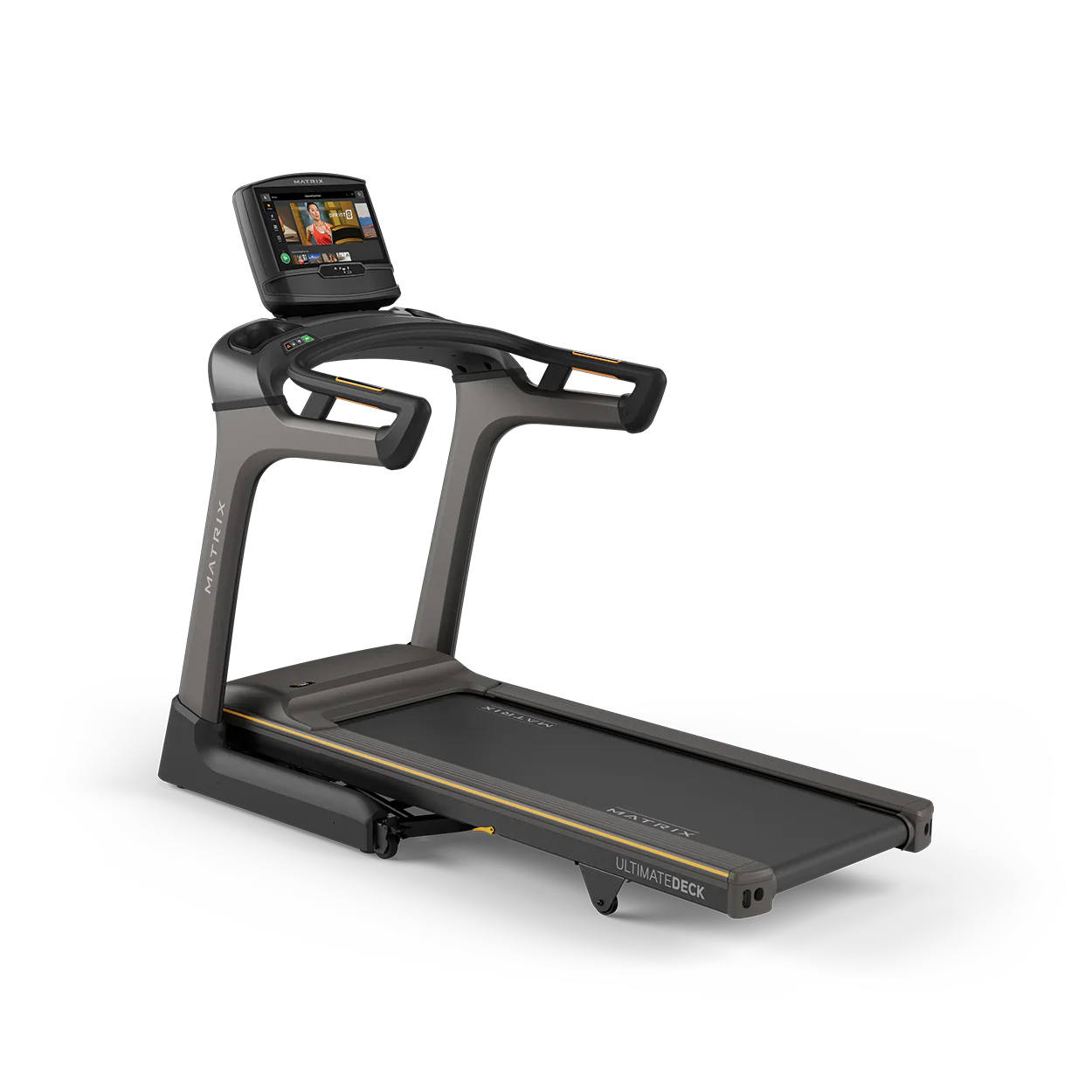
Maximize Your Grip: A Comprehensive Guide to Lifting Straps
Share
Lifting straps, often referred to as weightlifting straps or deadlift straps, are an essential piece of equipment for many athletes and gym-goers. These simple yet effective tools can make a significant difference in your ability to lift heavier weights, target specific muscle groups, and prevent grip-related injuries. Whether you're a powerlifter, Olympic lifter, bodybuilder, or just someone looking to improve their overall strength and performance, understanding how to properly use lifting straps can be a game-changer.
In this comprehensive guide, we'll explore the different types of lifting straps, their benefits, proper techniques for using them, common mistakes to avoid, and alternative grip-enhancing options. By the end, you'll have a thorough understanding of how to incorporate lifting straps into your training routine for maximum grip and performance.
Types of Lifting Straps
Lifting straps come in a variety of styles, each with its own unique features and use cases. Let's take a closer look at the most common types:
Lasso Straps
Lasso straps, also known as loop straps, are the most basic and versatile type of lifting strap. They consist of a simple loop that wraps around the barbell or dumbbell handle, providing a secure grip. Lasso straps are a great choice for beginners and can be used for a wide range of exercises, from deadlifts and rows to shrugs and lat pull-downs.
Figure-8 Straps
Figure-8 straps, as the name suggests, feature a figure-8 design that wraps around the barbell or dumbbell. This design provides a more secure and stable grip, making them particularly useful for heavy lifts like deadlifts and Olympic-style movements. Figure-8 straps are often preferred by experienced lifters who need maximum grip support.
Closed-Loop Straps
Closed-loop straps, also known as padded straps, feature a continuous loop that goes around the wrist and hand. This design offers a more comfortable and customizable fit, as well as additional support for the wrist and forearm. Closed-loop straps are a popular choice for lifters who need extra wrist stability or those who prefer a more secure and padded grip.
Benefits of Using Lifting Straps
Incorporating lifting straps into your training routine can provide a multitude of benefits, including:
- Reduced Grip Fatigue: Lifting straps take the pressure off your hands and fingers, allowing you to lift heavier weights for longer without grip failure.
- Targeted Muscle Activation: By reducing the grip demand, lifting straps allow you to focus on the primary muscle groups being trained, such as the back, shoulders, and legs, rather than your forearms.
- Injury Prevention: Lifting straps can help prevent hand, wrist, and forearm injuries that can occur from excessive grip strain, especially during heavy lifts like deadlifts and rows.
- Performance Enhancement: With the ability to lift heavier weights and maintain proper form, lifting straps can lead to significant gains in strength, muscle size, and overall athletic performance.
When and How to Use Lifting Straps
Proper technique is crucial when using lifting straps to ensure maximum effectiveness and safety. Here's a step-by-step guide on how to put on and use lifting straps:
- Choose the Right Strap: Select the type of lifting strap that best suits your needs, based on the exercises you'll be performing and your personal preferences.
- Adjust the Strap Length: Ensure the strap is the appropriate length for your hand size and the specific exercise. The strap should be tight enough to provide a secure grip but not so tight that it restricts blood flow or causes discomfort.
- Wrap the Strap: For lasso straps, simply loop the strap around the barbell or dumbbell handle. For figure-8 straps, create a figure-8 pattern by wrapping the strap around the handle. For closed-loop straps, slide your hand through the loop and adjust the fit as needed.
- Maintain Proper Grip: Even with lifting straps, maintain a firm, neutral grip on the barbell or dumbbell. Avoid letting the strap do all the work, as this can lead to a weaker overall grip.
- Use Straps Selectively: Lifting straps should be used judiciously, primarily for exercises where grip strength is the limiting factor, such as deadlifts, rows, shrugs, and lat pull-downs. Avoid using straps for exercises that require a strong, independent grip, like bicep curls or overhead presses.
- Incorporate Grip Strengthening: While lifting straps can be a valuable tool, it's important to also work on improving your overall grip strength through dedicated grip training exercises, such as farmer's walks, plate pinches, and wrist curls.
Common Mistakes and How to Avoid Them
To ensure you get the most out of your lifting straps and avoid potential pitfalls, be mindful of these common mistakes:
- Incorrect Strap Placement: Ensure the straps are positioned correctly on the barbell or dumbbell handle, with the strap centered and the loop evenly distributed.
- Over-Reliance on Straps: While lifting straps can be beneficial, over-using them can lead to a decline in your natural grip strength. Aim to use straps selectively and incorporate grip-strengthening exercises into your routine.
- Ignoring Warm-Up and Technique: Always warm up your hands, wrists, and forearms before using lifting straps, and maintain proper form throughout your lifts to avoid injury.
- Failing to Maintain Straps: Regularly inspect your lifting straps for signs of wear and tear, and replace them when necessary to ensure optimal performance and safety.
Alternatives to Lifting Straps
While lifting straps can be a valuable tool, there are also alternative options to consider for improving your grip strength and performance:
- Grip Strengthening Exercises: Incorporate exercises like farmer's walks, plate pinches, and wrist curls into your routine to directly target and improve your grip strength.
- Liquid Chalk: Applying liquid chalk to your hands can help absorb sweat and improve your grip, especially for exercises like deadlifts and pull-ups.
- Lifting Hooks: Lifting hooks, also known as grip hooks, provide a secure attachment point for the barbell or dumbbell, taking the grip demand out of the equation entirely.
Remember, the best approach is to use a combination of these methods, along with proper technique and a well-rounded training program, to achieve your strength and performance goals.
Choosing the Right Lifting Straps
When selecting the right lifting straps for your needs, consider the following factors:
- Material: Lifting straps are typically made from materials like cotton, nylon, or leather. Each material has its own advantages in terms of durability, grip, and comfort.
- Size and Fit: Ensure the straps are the appropriate length and width for your hand size and wrist circumference to provide a secure and comfortable fit.
- Brand Reputation: Research reputable brands known for producing high-quality, durable, and reliable lifting straps.
- Price and Value: While quality is important, you don't necessarily need to break the bank to find a set of effective lifting straps.
By taking the time to choose the right lifting straps for your needs, you'll be able to maximize the benefits and minimize the risks associated with their use.
Safety and Best Practices
To ensure safe and effective use of lifting straps, keep the following best practices in mind:
- Warm-Up Properly: Always warm up your hands, wrists, and forearms before using lifting straps to prepare your body for the demands of heavy lifting.
- Maintain Proper Form: Prioritize proper lifting technique, even when using straps, to avoid injury and maximize the benefits of the exercise.
- Replace Worn Straps: Regularly inspect your lifting straps and replace them when they show signs of wear and tear, such as fraying or cracking.
- Listen to Your Body: If you experience any discomfort or pain while using lifting straps, discontinue use and consult a healthcare professional if necessary.
By following these safety guidelines and best practices, you can confidently incorporate lifting straps into your training routine and enjoy the benefits they provide.
Conclusion
Lifting straps are a versatile and valuable tool for athletes and gym-goers of all levels. By understanding the different types of straps, their benefits, and proper techniques for using them, you can unlock new levels of strength, performance, and grip endurance. Remember to use lifting straps judiciously, incorporate grip-strengthening exercises, and prioritize safety to get the most out of your training. With this comprehensive guide, you're well on your way to mastering the art of using lifting straps for maximum grip and performance.

